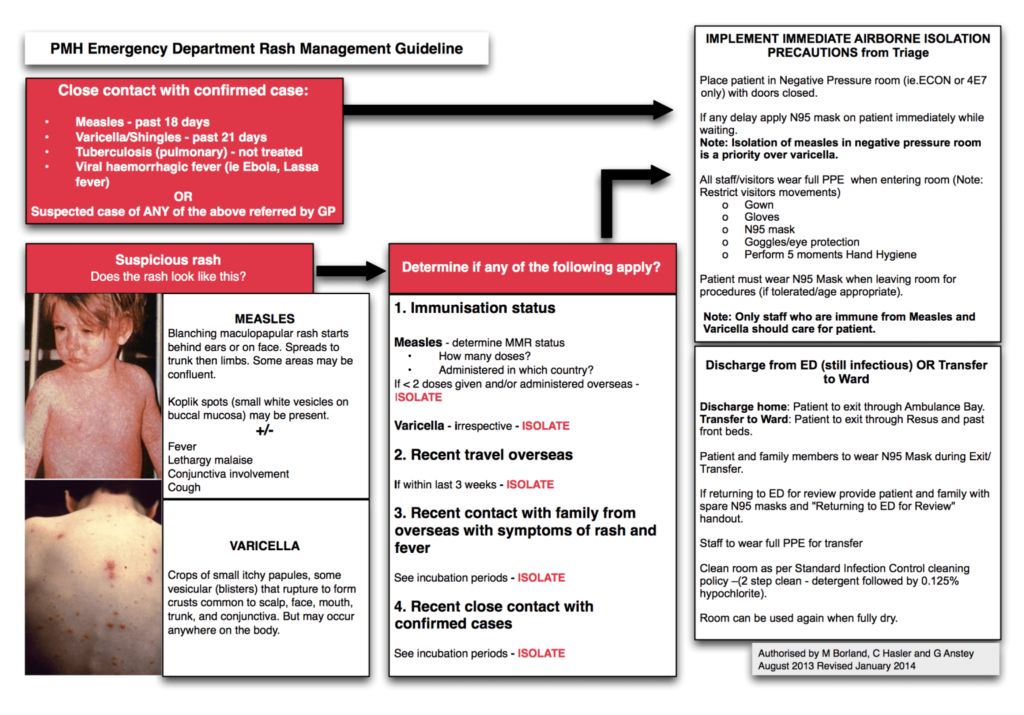Diaper rash, also known as diaper dermatitis, is a common condition that affects infants and toddlers. It often causes discomfort and irritation in the diaper area. While it may seem like a minor issue, understanding its causes, recognizing its symptoms, and knowing how to prevent and treat it can make a significant difference for both parents and children. In this article, we will explore all aspects of diaper rash in detail.
What is Diaper Rash?
Diaper rash refers to a skin irritation that occurs in the area covered by a diaper. This condition typically manifests as redness, swelling, and sometimes small bumps on the skin. It is most commonly seen in babies between the ages of nine and twelve months but can occur at any age when diapers are used.
Symptoms of Diaper Rash
- Redness: The most noticeable symptom is red or inflamed skin in the diaper area.
- Irritation: Babies may show signs of discomfort, such as crying during diaper changes or when the diaper area is touched.
- Bumps or Patches: Small red bumps or patches may appear on the skin.
- Peeling Skin: In some cases, the skin may start to peel or flake.
- Moisture: The affected area may feel warm or excessively moist.
Causes of Diaper Rash
Understanding the causes of diaper rash can help parents take preventive measures. Several factors contribute to the development of this condition:
Wet or Dirty Diapers
Prolonged exposure to urine or feces can irritate the skin. Urine contains ammonia, which can break down the skin’s protective barrier, while feces contain enzymes that can further irritate sensitive skin.
Frequent Diaper Changes
While frequent diaper changes are essential, they can sometimes lead to friction or irritation if not done gently. Rubbing the skin with wipes or using harsh cleaning products can exacerbate the problem.
Tight-Fitting Diapers
Diapers that are too tight can create friction against the skin and trap moisture, creating an environment where diaper rash thrives.
Introduction of New Foods
When babies start eating solid foods, their stool composition changes, which can increase the likelihood of diaper rash. Acidic foods, such as citrus fruits or tomatoes, are particularly problematic.
Antibiotics
Both the use of antibiotics by the baby or breastfeeding mother can disrupt the natural balance of bacteria in the gut, leading to diarrhea and increasing the risk of diaper rash.
Sensitive Skin
Some babies have naturally sensitive skin that is more prone to irritation. These babies may develop diaper rash more frequently than others.
Prevention of Diaper Rash
Preventing diaper rash involves maintaining good hygiene practices and ensuring the baby’s skin remains clean and dry. Here are some effective strategies:
Frequent Diaper Changes
Changing diapers as soon as they become wet or soiled is one of the best ways to prevent diaper rash. This reduces the amount of time the skin is exposed to irritants.
Proper Cleaning Techniques
Use warm water and a soft cloth to clean the diaper area gently. Avoid scrubbing or rubbing the skin, as this can cause irritation. If using wipes, choose fragrance-free and alcohol-free options to minimize the risk of irritation.
Air Drying
Allowing the baby’s skin to air dry after cleaning can help prevent moisture buildup. Patting the area dry with a soft towel is also effective if air drying is not possible.
Barrier Creams
Applying a thick layer of barrier cream or ointment, such as zinc oxide or petroleum jelly, can protect the skin from moisture and irritants. These products create a protective barrier that keeps the skin dry and healthy.
Choosing the Right Diapers
Selecting diapers made from breathable materials can help reduce the risk of diaper rash. Additionally, ensuring the diaper fits properly—not too tight or too loose—can prevent unnecessary friction and irritation.
Treatment of Diaper Rash
If diaper rash does occur, prompt treatment can help alleviate discomfort and promote healing. Here are some steps to follow:
Keep the Area Clean and Dry
Continue practicing good hygiene by keeping the diaper area clean and dry. Change diapers frequently and allow the skin to air dry whenever possible.
Use Over-the-Counter Creams
Over-the-counter creams containing zinc oxide or hydrocortisone can provide relief and speed up the healing process. Apply these creams generously after each diaper change to protect the skin.
Avoid Irritants
During treatment, avoid using scented wipes, lotions, or powders that could further irritate the skin. Stick to gentle, fragrance-free products to minimize the risk of aggravating the rash.
Expose Skin to Air
Letting the baby go without a diaper for short periods can help the skin breathe and heal. Lay the baby on a waterproof pad or towel to prevent accidents while allowing the skin to air out.
Consult a Doctor
If the diaper rash does not improve within a few days or worsens despite treatment, consult a pediatrician. Persistent diaper rash may indicate a yeast infection or another underlying condition that requires medical attention.
Signs to Watch For
- The rash spreads beyond the diaper area.
- There are open sores or blisters on the skin.
- The baby develops a fever or seems unusually uncomfortable.
Special Considerations
Certain situations may require additional care and attention when dealing with diaper rash:
Yeast Infections
Diaper rash caused by a yeast infection often appears as bright red patches with smaller red spots around them. This type of rash requires antifungal medication prescribed by a doctor.
Eczema
Babies with eczema may be more prone to diaper rash due to their sensitive skin. Using hypoallergenic products and consulting a dermatologist can help manage both conditions effectively.
Teething
Teething can sometimes lead to increased drooling and changes in stool consistency, both of which can contribute to diaper rash. Extra vigilance during this period can help prevent flare-ups.
Conclusion
Diaper rash is a common but manageable condition that affects many babies. By understanding its causes, recognizing its symptoms, and following proper prevention and treatment strategies, parents can ensure their child remains comfortable and healthy.





